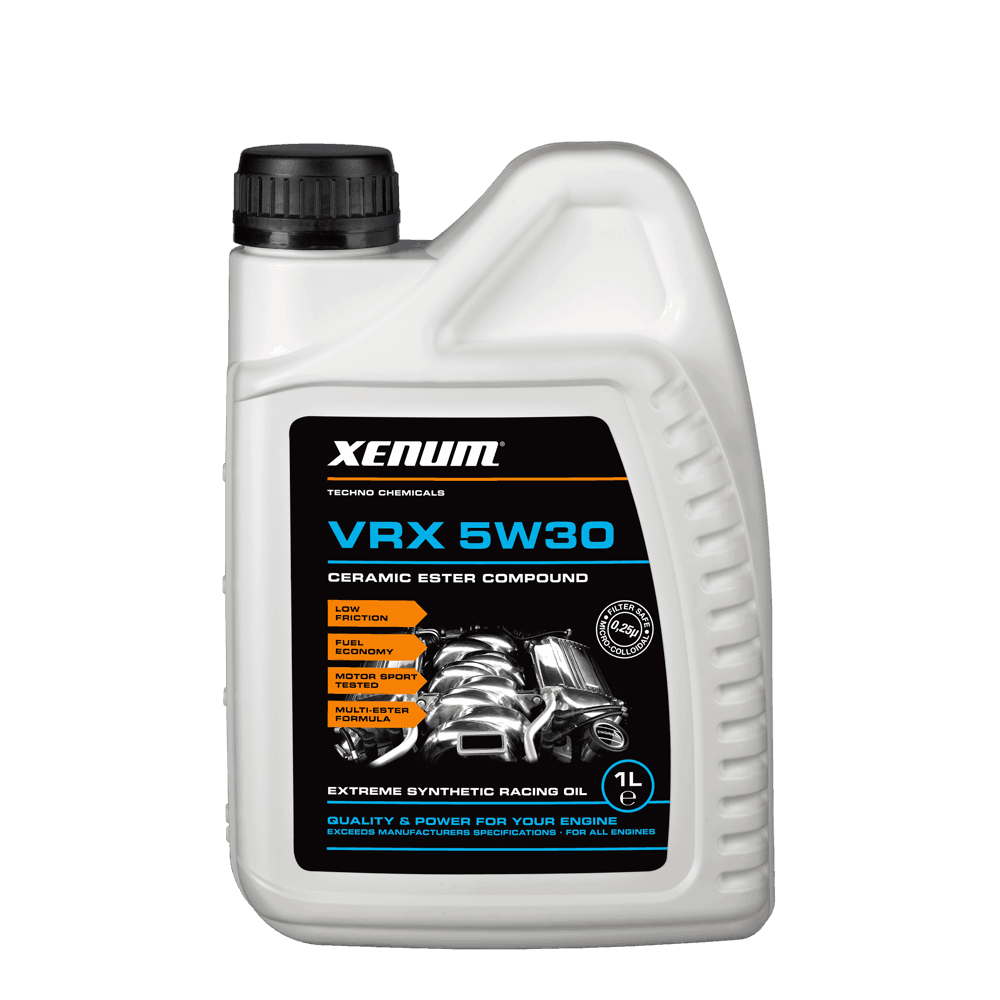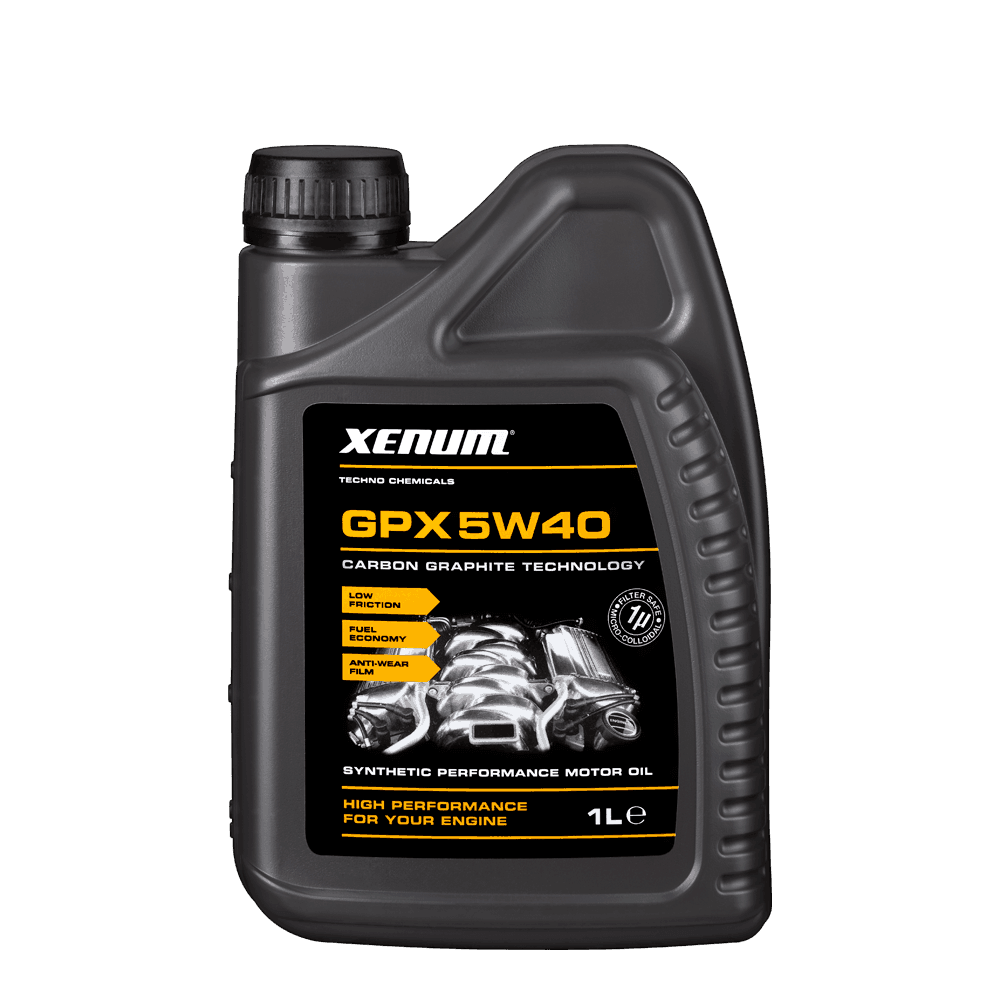Good day, Motorists!
We recently described what are motor oils and what is their purpose, we hope it was interesting. Now, we want to discuss in more detail the important characteristics of oils and what you should pay attention to. And let's start, as you probably guessed, with one of the most important characteristics of oil, namely the viscosity index.
What is the viscosity index?
Viscosity is a characteristic of a material that characterizes the resistance of a liquid to spreading. The higher the viscosity, the slower the liquid spreads and the denser the compound is considered to be.
Viscosity characteristics can vary and depend on the environment, and especially on temperature, in order to provide protection and correct operation.
Thus, we can highlight that the viscosity index is used to determine the ability of motor oil to resist spreading in conditions of high temperatures on the road.
To be able to change the viscosity index in mineral oils additives are added, usually plastic polymers that have the required properties.
In return, synthetic oils able to withstand such changes without additives, and this is their main advantage over mineral ones.
The SAE - Society of Automotive Engineers (Society of Automotive Engineers) has initiated code numbering to characterize viscosity at cold and high temperatures.
The higher the viscosity, the slower the liquid spreads and the denser the compound is considered to be.
The number before the letter "W" in the name of the oil shows the index at low temperatures (W-Winter), and the second number characterizes the oil at working (high) temperatures.

5W 30
5W 40
For example, this means that 5W30 motor oil has a significantly lower viscosity at low and high temperatures than 10W40.
You need to be aware of temperature changes to keep your engine running at its best. Here you can see the recommendations for each temperature:

Temperatures are given in Celsius ºC
If you are more interested in learning more - detailed information can be obtained on the page of the Association of Automotive Engineers (SAE) - here.
However, be careful:
Transmission oils have different numbers and temperatures. For example, 75W90 transmission oil does not have a higher viscosity than 15W40 (motor oil)
IMPORTANTLY
B is the viscosity of oils. Briefly about the main thing. | Source: Anton MYGT_RU
Characteristics of olives
In addition to viscosity index, there are other factors to consider when choosing an oil for your car.
ACEA approvals
Association of European Automobile Manufacturers ACEA (Association des Constructeurs Européens d'Automobiles) has its own standards for oils. They conduct a series of tests and experiments that change and update according to all new laws and technologies.
ACEA approvals apply to engines for passenger and commercial vehicles, which are divided into the following categories:
- A/B: Gasoline and Diesel engines. They are usually combined in tolerances. For example – A3/B3 and A3/B4.
- C: Compatible oil catalysts that also extend the life of the DPF.
- E: Diesel engines of trucks, vans and other commercial vehicles.
You can find more detailed information on the differences between the various tolerances on the official site ACEA , especially on pages 4-5.

API (American Petroleum Institute) tolerances
On the other hand, we also have API (American Petroleum Institute) approvals. They use a two-letter system to describe the oil.
Variations for the first letter are used to characterize the engine type:
- S for gasoline engines
- C for diesel engines
- F for modern diesel engines (after 2017): This new tolerance is aimed at reducing fuel consumption.
The second letter emphasizes quality. The lowest quality is indicated by the letter A, and the further it is, the higher the quality of the oil.
For example, API SN numbering indicates an oil that is of better quality than API SJ.
As with ACEA tolerances, the characteristics can be combined if the oil is suitable for both types of engines. For example, motor oil can be SM/CF.
You can read more about API permissions at official website.
Approvals of car manufacturers (OEM – Original Equipment Manufacturer)
It also happens that manufacturers create a list of their own requirements for their engines. These oils often match SAE tolerances, but may differ.
As a result, before being sold, the oil must pass a series of tests by the car manufacturer, such as the Volkswagen VW 507 and the BMW Longlife 01, before we can recommend it for the engines of these cars.
In the following articles, we will continue to talk about the engine, oils and how to choose the best one for your car.
Stay in touch!
In the next article, we will talk about the difference between synthetic and mineral oils, as well as about additives that can improve the performance of motor oil.

